Facts about lightning strikes that will electrify your mind
Ever found yourself counting the seconds between a flash of lightning and the rumble of thunder? Lightning is not just a mesmerizing natural phenomenon but a fascinating subject of scientific inquiry. With approximately 8.6 million lightning strikes hitting the Earth every day, it’s no surprise that this dazzling display has captured human curiosity for centuries. Let’s dive into the electrifying world of lightning and uncover some shocking truths!
The Birth of a Bolt: How Lightning is Formed
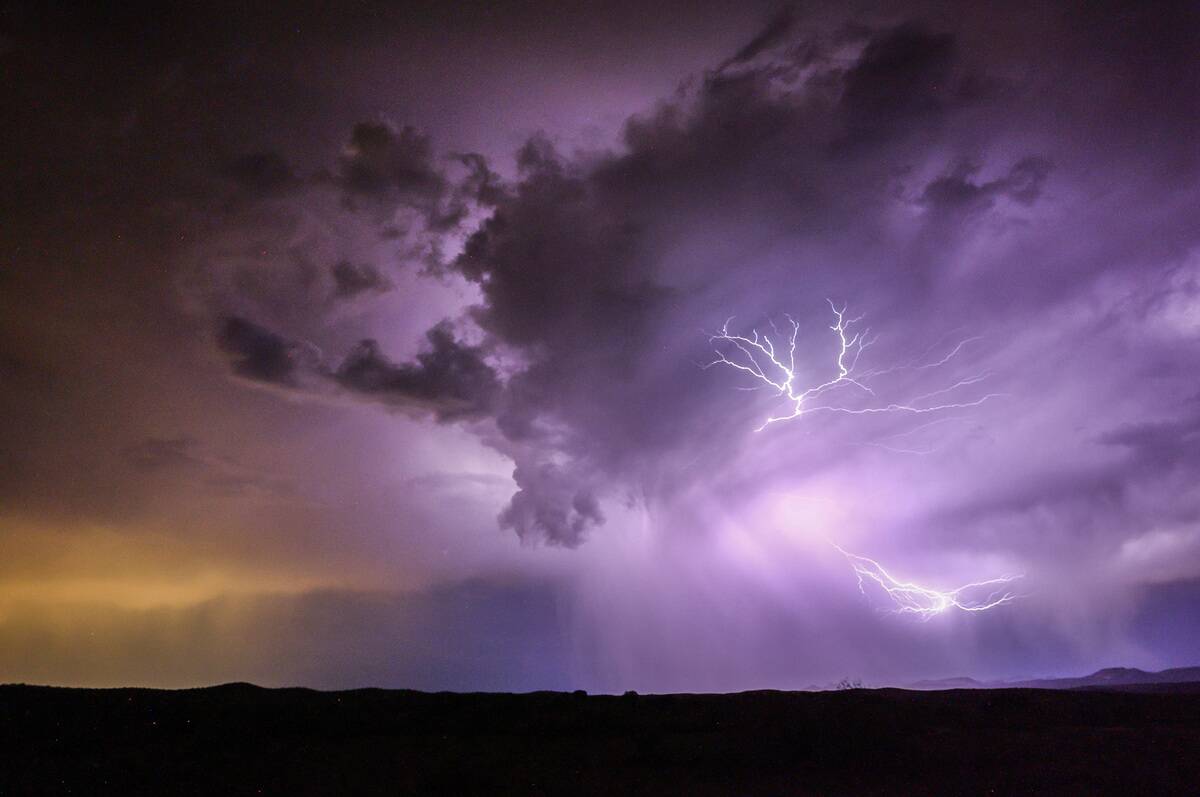
Lightning begins its journey in the towering clouds above us, where ice particles and water droplets collide, creating an electric charge. When the difference in charge between the cloud and the ground grows large enough, a bolt of lightning is unleashed. This electric discharge travels from the cloud to the ground in a brilliant flash, illuminating the sky and sometimes branching out in intricate patterns.
Lightning Strikes: A Worldwide Phenomenon
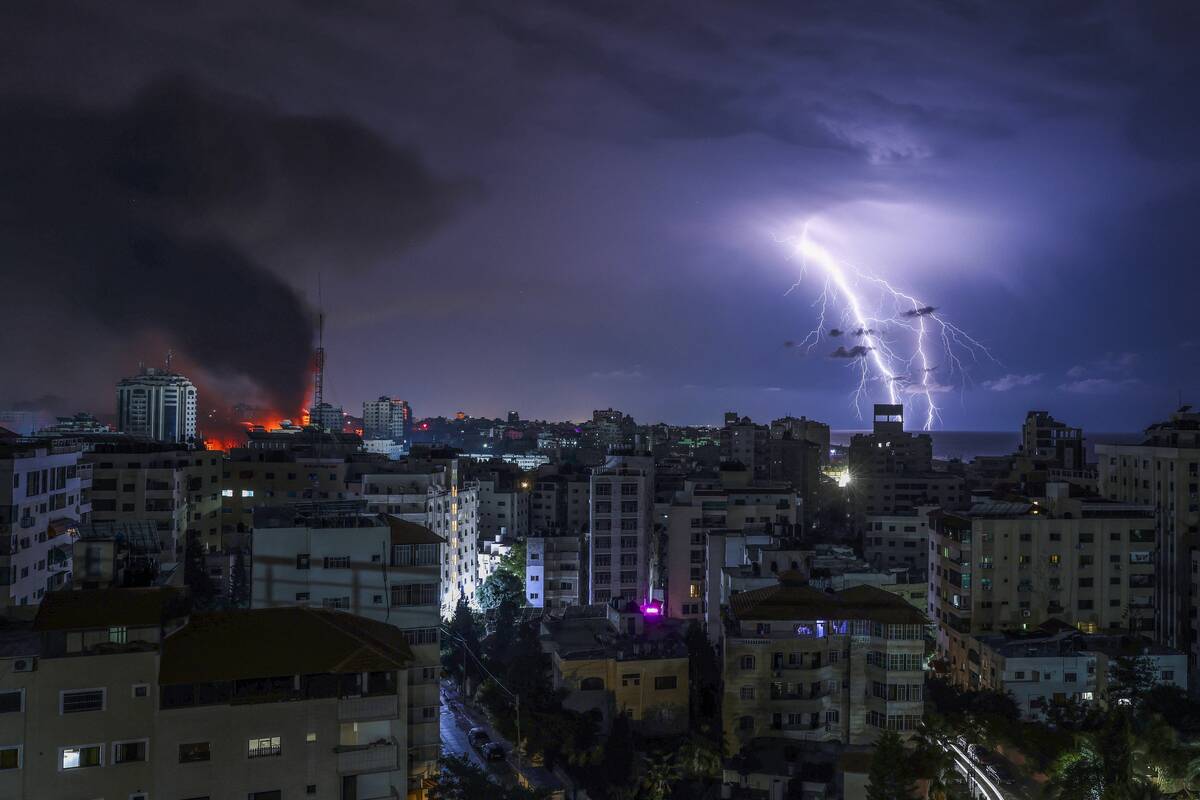
Lightning doesn’t discriminate; it strikes all over the globe, from the tropical regions with their frequent thunderstorms to the less storm-prone poles. The United States alone experiences about 25 million lightning strikes each year. However, some areas, like Central Africa, experience lightning more frequently due to their unique atmospheric conditions and geographical location.
Speed of Light: How Fast Does Lightning Travel?
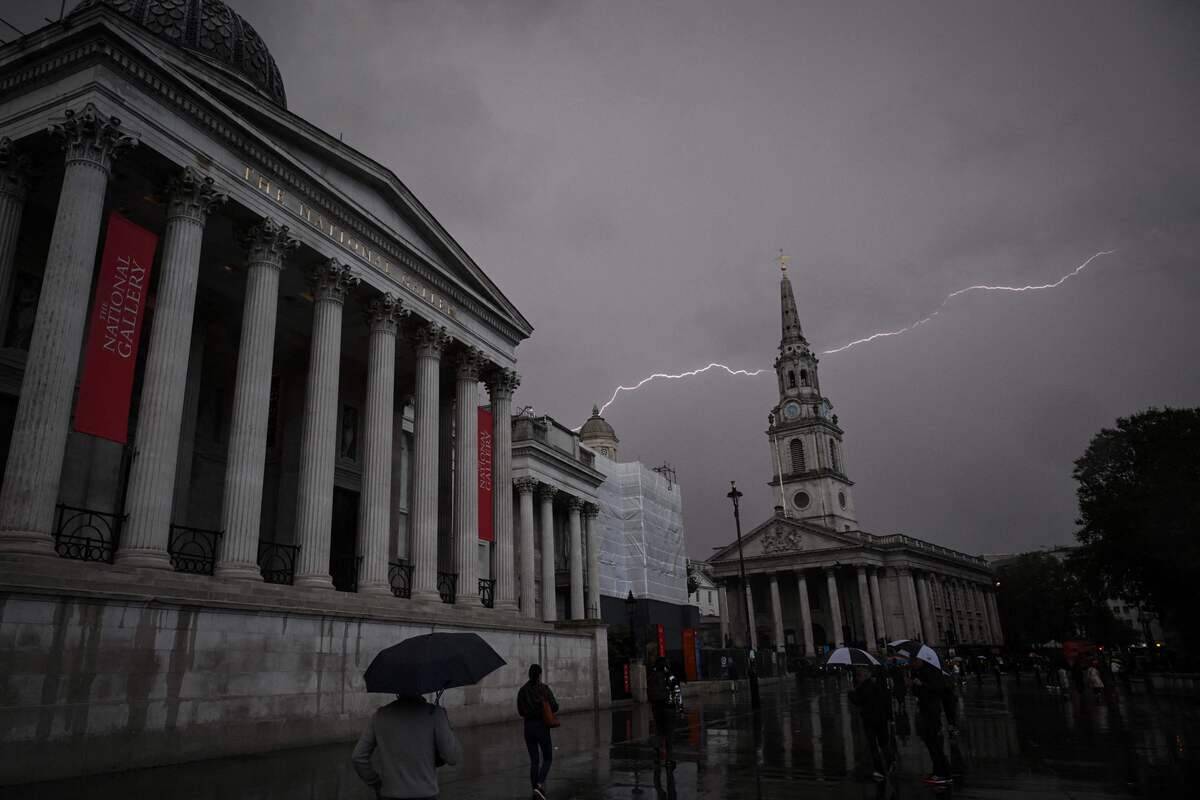
Ever wondered how fast lightning travels? While the flash of light we see is practically instantaneous at the speed of light, the lightning bolt itself travels at an astonishing speed of 200,000 miles per hour. This rapid movement from cloud to ground or within clouds is what creates the electrifying spectacle we see during a storm.
The Power Within: Measuring the Energy of a Lightning Strike
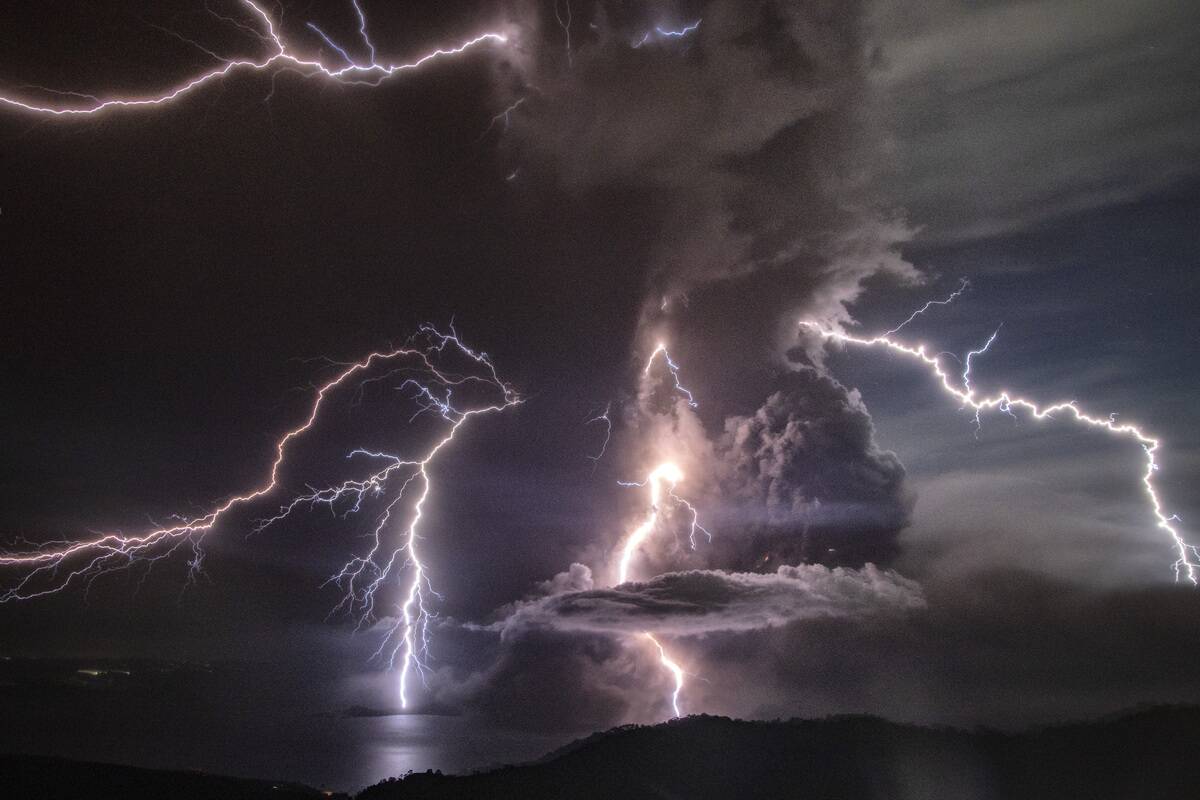
A single lightning bolt can pack a punch, delivering up to a billion volts of electricity. The energy contained in one bolt can power a 100-watt light bulb for more than three months. This incredible energy release is why lightning is so dangerous and can cause fires, damage structures, and even lead to fatalities.
Lightning Hotspots: Where in the World is Lightning Most Common?
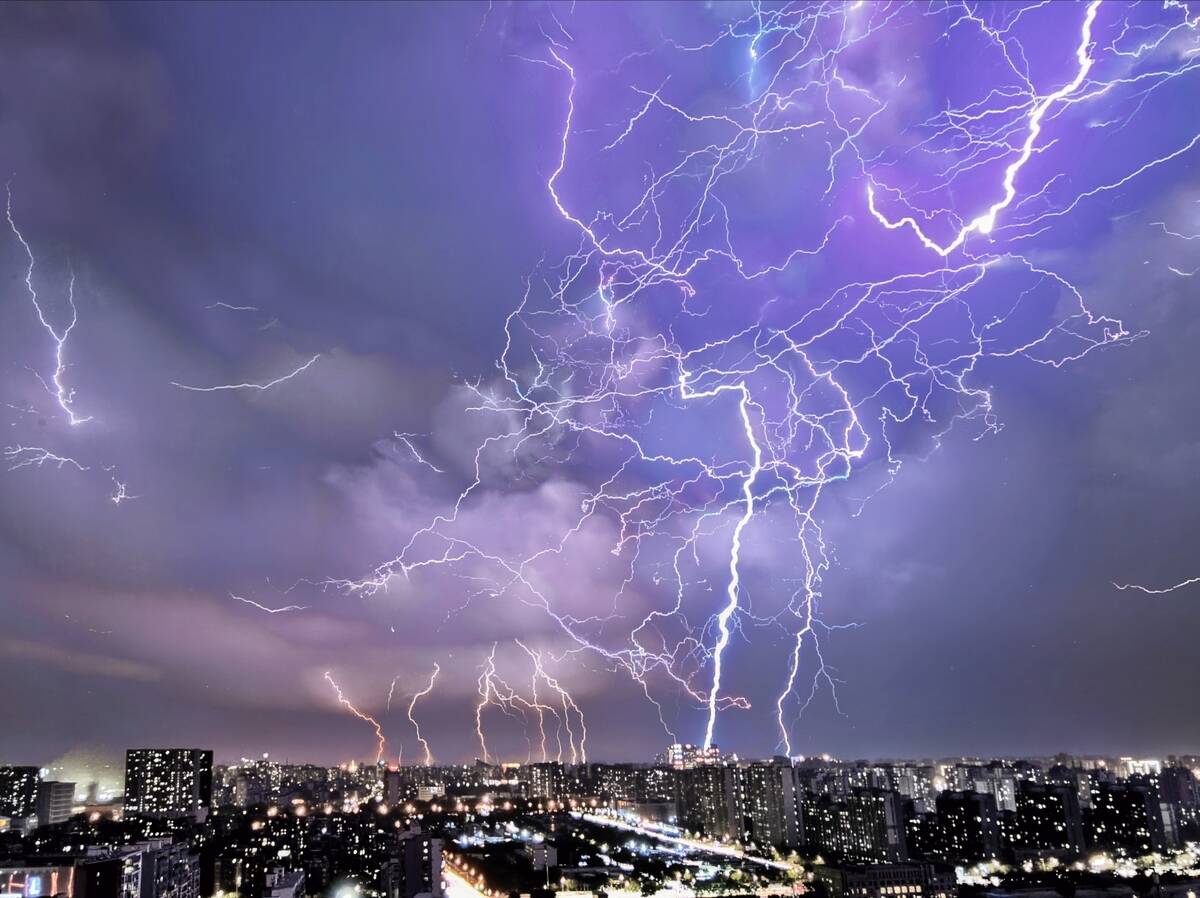
Lake Maracaibo in Venezuela holds the record for the highest concentration of lightning strikes, with an average of 232 strikes per square kilometer annually. Known as “Relámpago del Catatumbo,” this natural light show occurs almost nightly. Other hotspots include the Democratic Republic of the Congo and parts of Florida, USA, where thunderstorms are a common occurrence.
The Sound of Thunder: Why Lightning and Thunder Go Hand in Hand
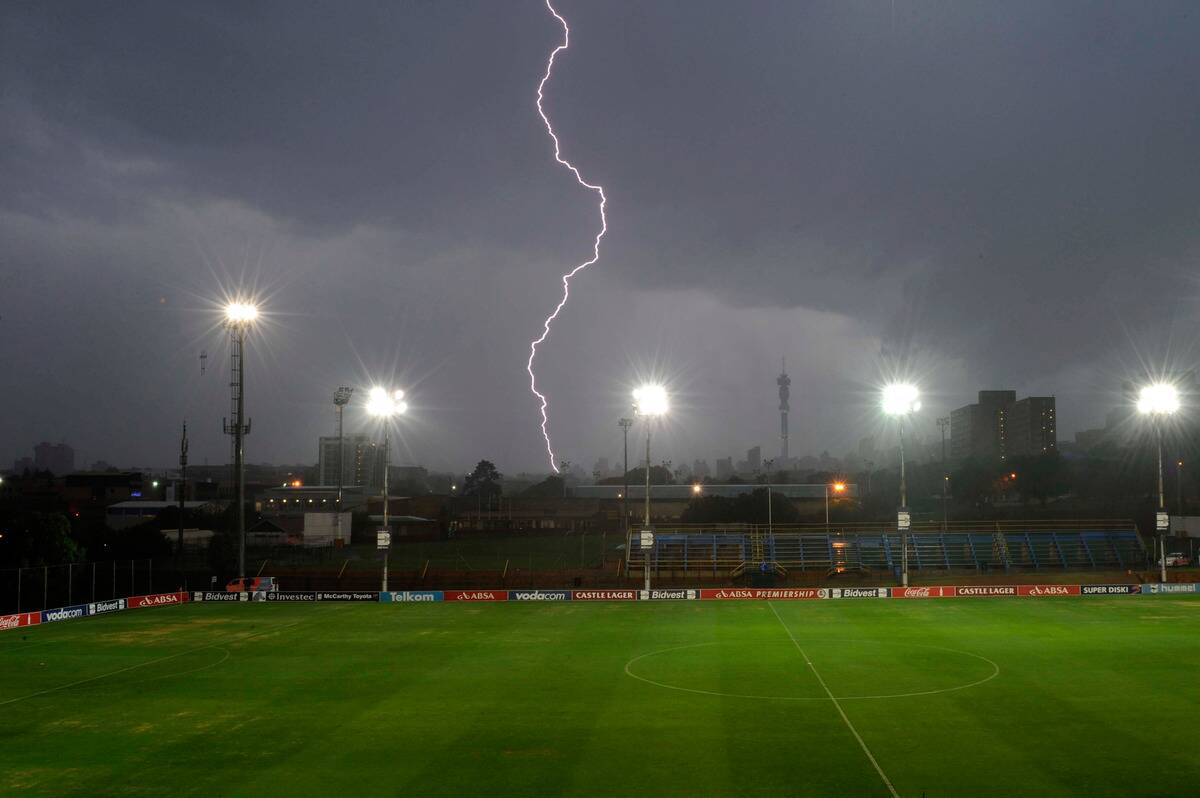
Thunder is the sound we hear as a result of the rapid expansion of air surrounding the lightning bolt. When lightning heats the air to temperatures as high as 30,000 degrees Celsius, it causes the air to expand explosively, creating the sound wave we recognize as thunder. This is why lightning and thunder are always paired, even if the sound reaches us moments after we see the flash.
Surprising Shapes: The Different Forms Lightning Can Take
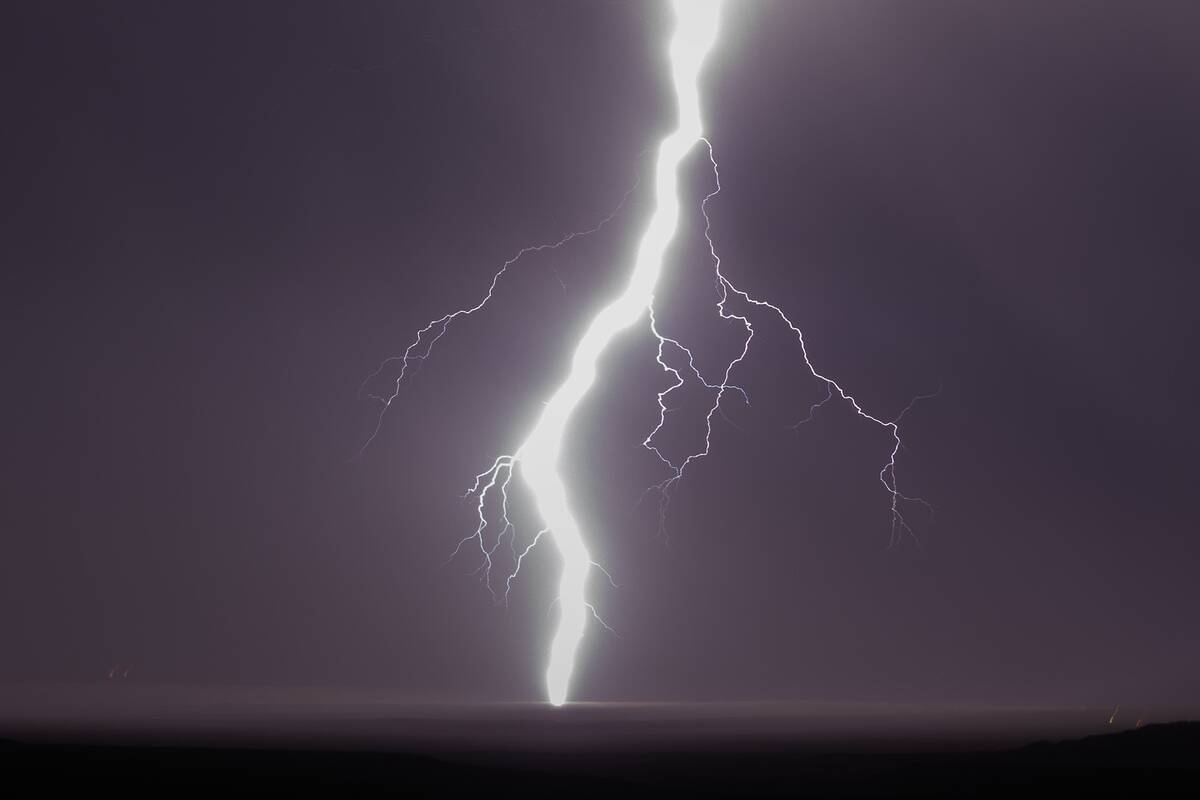
Lightning is not just a straight streak across the sky; it can take on many forms. Forked lightning is the most common, branching out in multiple directions. Sheet lightning lights up the sky in broad flashes, often within clouds. There are also rarer types, like ball lightning, which appears as glowing orbs, and sprite lightning, which occurs high above thunderstorms, creating red, jellyfish-like shapes.
Lightning’s Favorite Targets: What Attracts a Bolt from the Blue
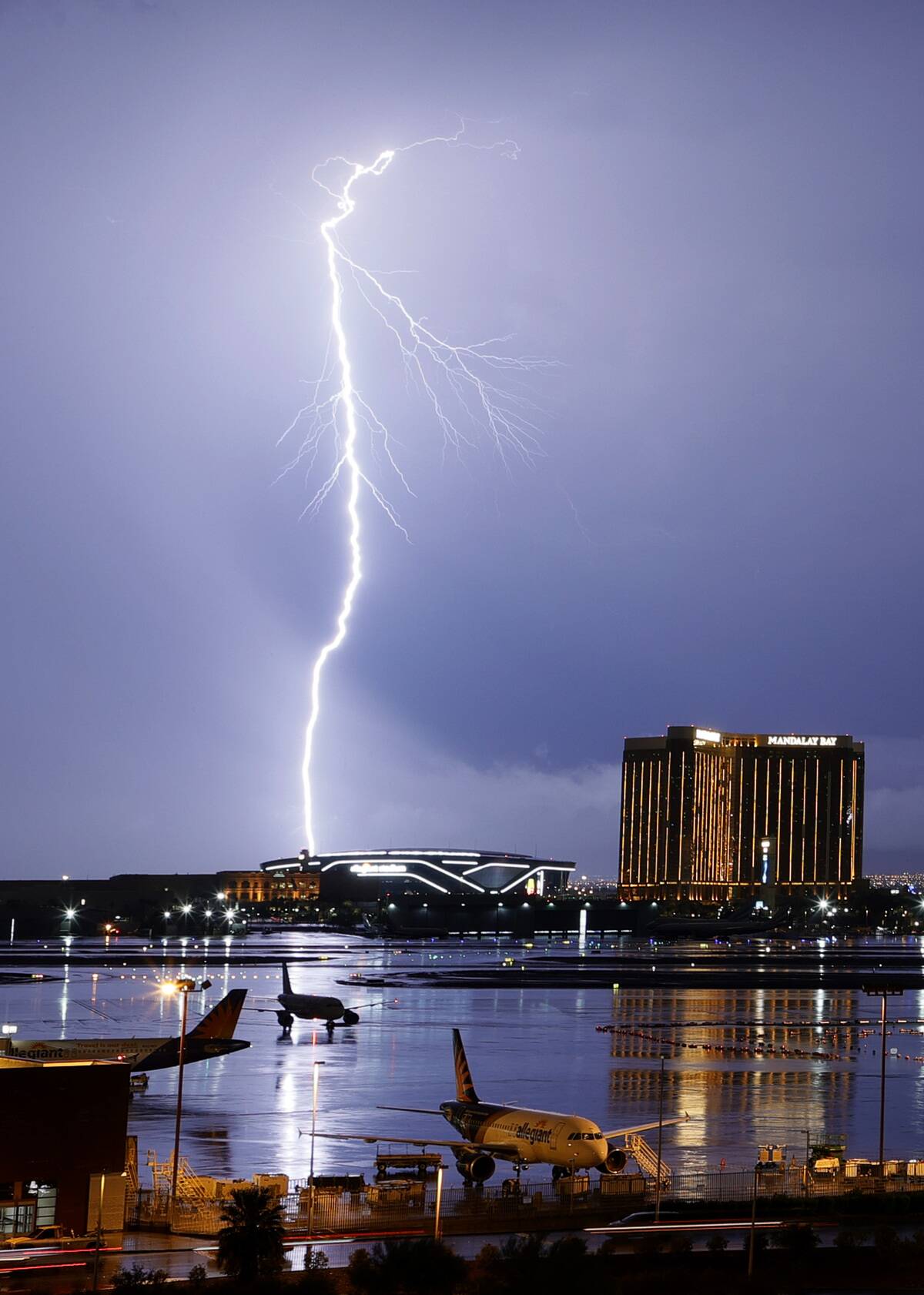
Tall structures, isolated trees, and open fields are prime targets for lightning strikes. Lightning seeks the path of least resistance to the ground, so elevated points and metal objects are often struck. Interestingly, lightning can strike the same place more than once, a fact well-documented by the Empire State Building, which is hit by lightning about 25 times a year.
Counting the Seconds: Estimating Distance from a Lightning Strike
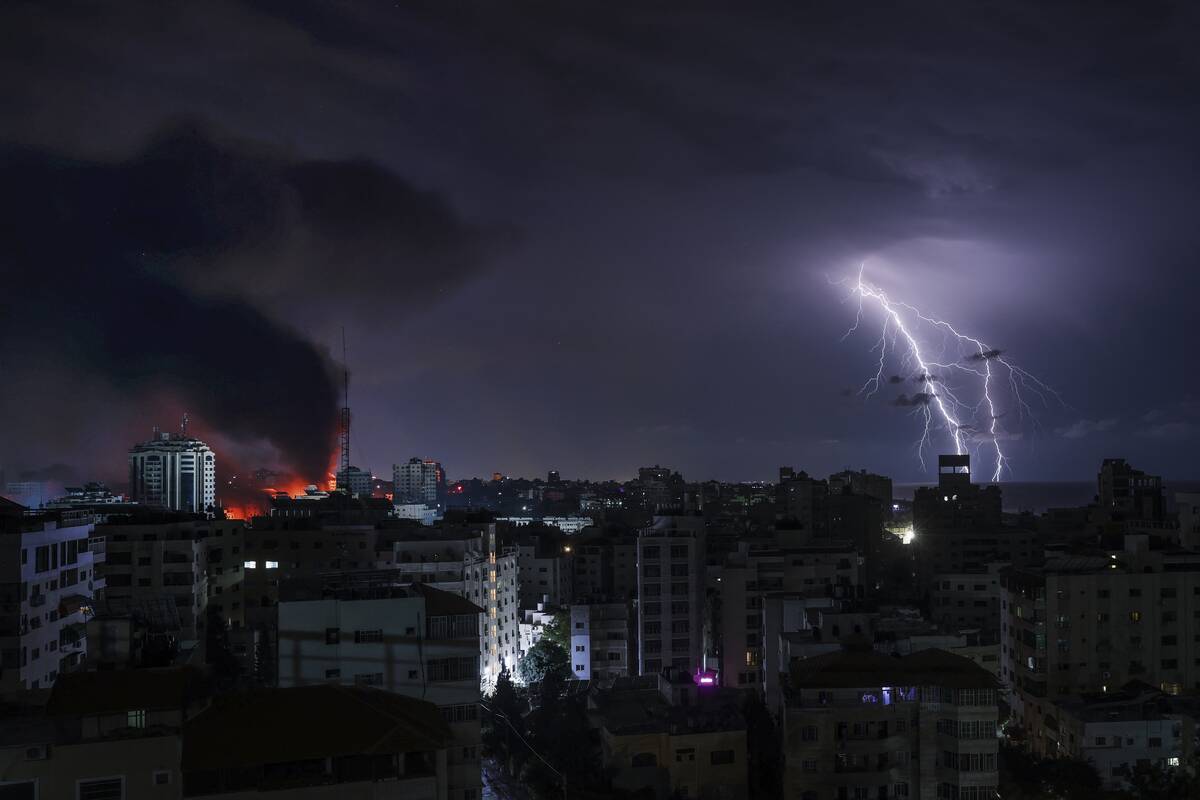
To estimate the distance of a lightning strike, count the seconds between the flash and the sound of thunder, then divide by five. This gives you the distance in miles to the lightning strike. For instance, if you count 10 seconds, the strike is roughly 2 miles away. This simple calculation is based on the difference in speed between light and sound.
Safety First: How to Stay Safe During a Thunderstorm
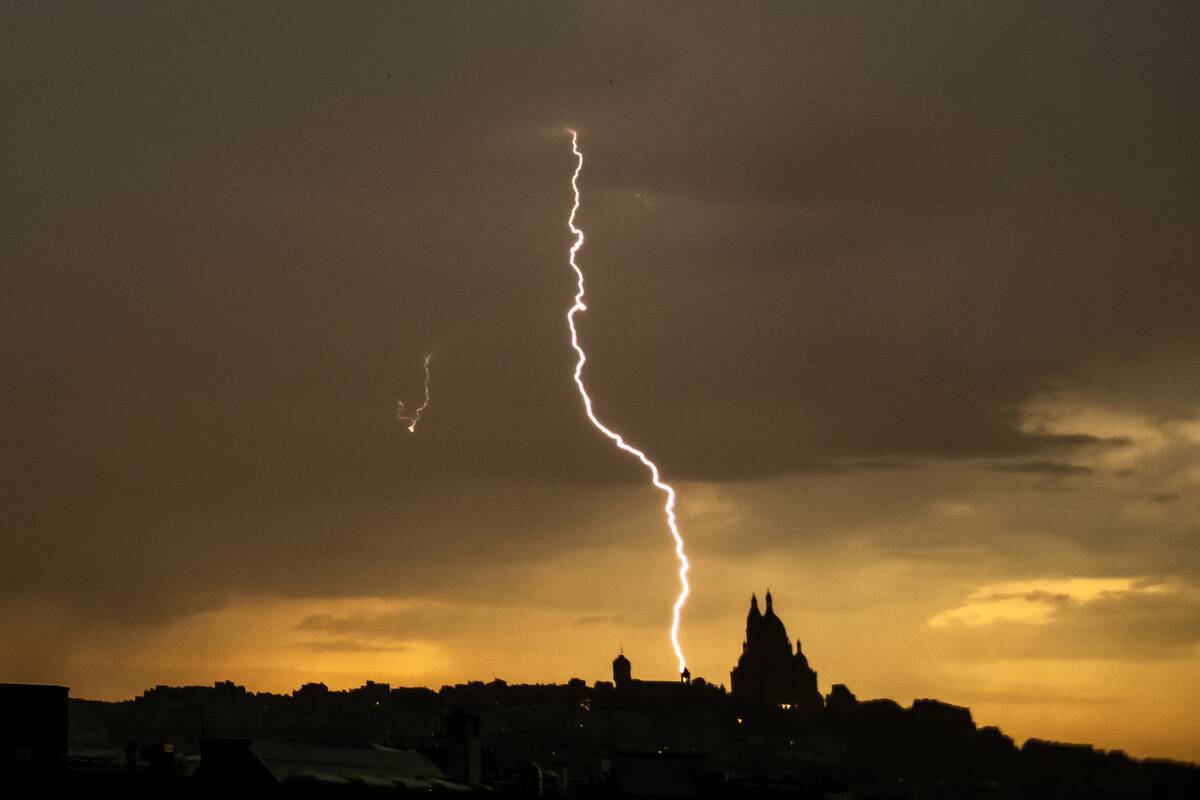
During a thunderstorm, staying indoors is your safest bet. Avoid using corded phones and electrical appliances, and steer clear of windows and doors. If caught outside, crouch low to the ground, minimizing contact, and avoid tall objects and open fields. Remember the 30-30 rule: if you hear thunder within 30 seconds of seeing lightning, seek shelter immediately, and wait 30 minutes after the last thunder roar before venturing out.
The Unbelievable Odds: Your Chances of Being Struck by Lightning
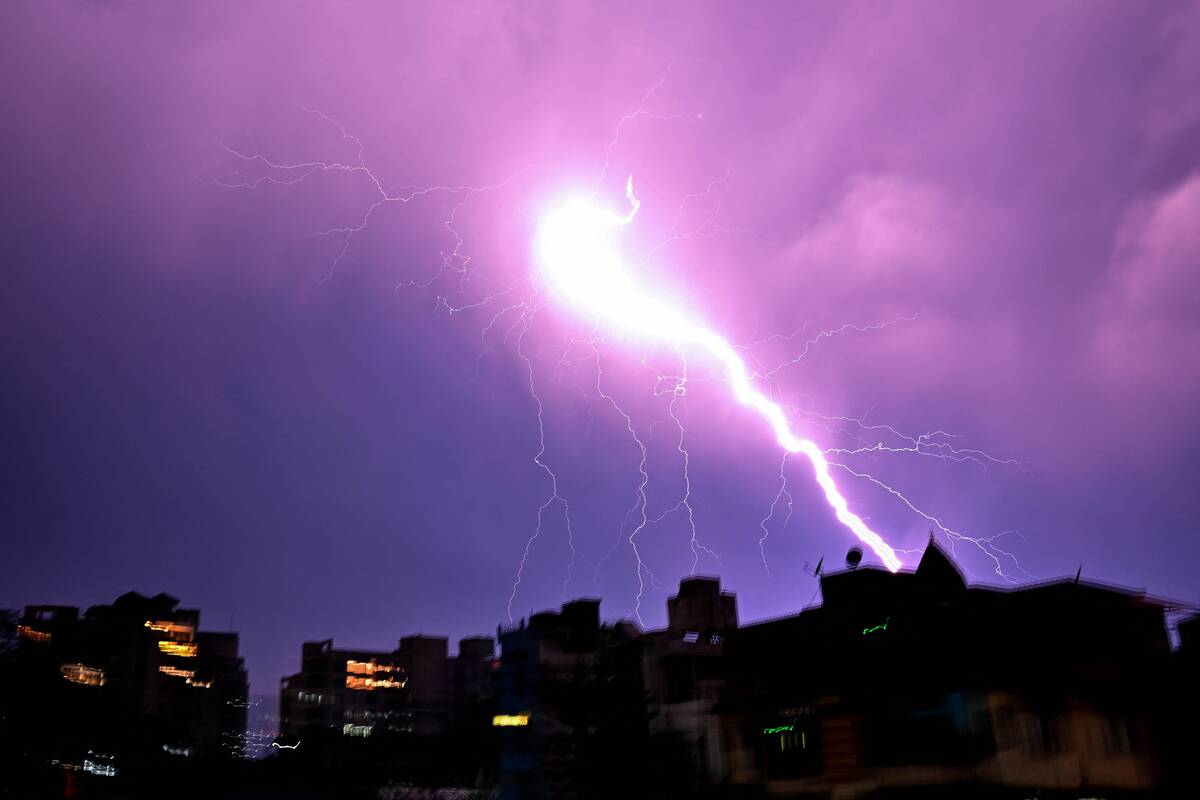
The odds of being struck by lightning in any given year are about 1 in 1.2 million, according to the National Weather Service. Over a lifetime, these odds increase to around 1 in 15,300. While the chances are slim, lightning safety measures are crucial because lightning strikes can be fatal or cause severe injuries to those affected.
Not Just a Summer Thing: When Lightning Strikes are Most Likely
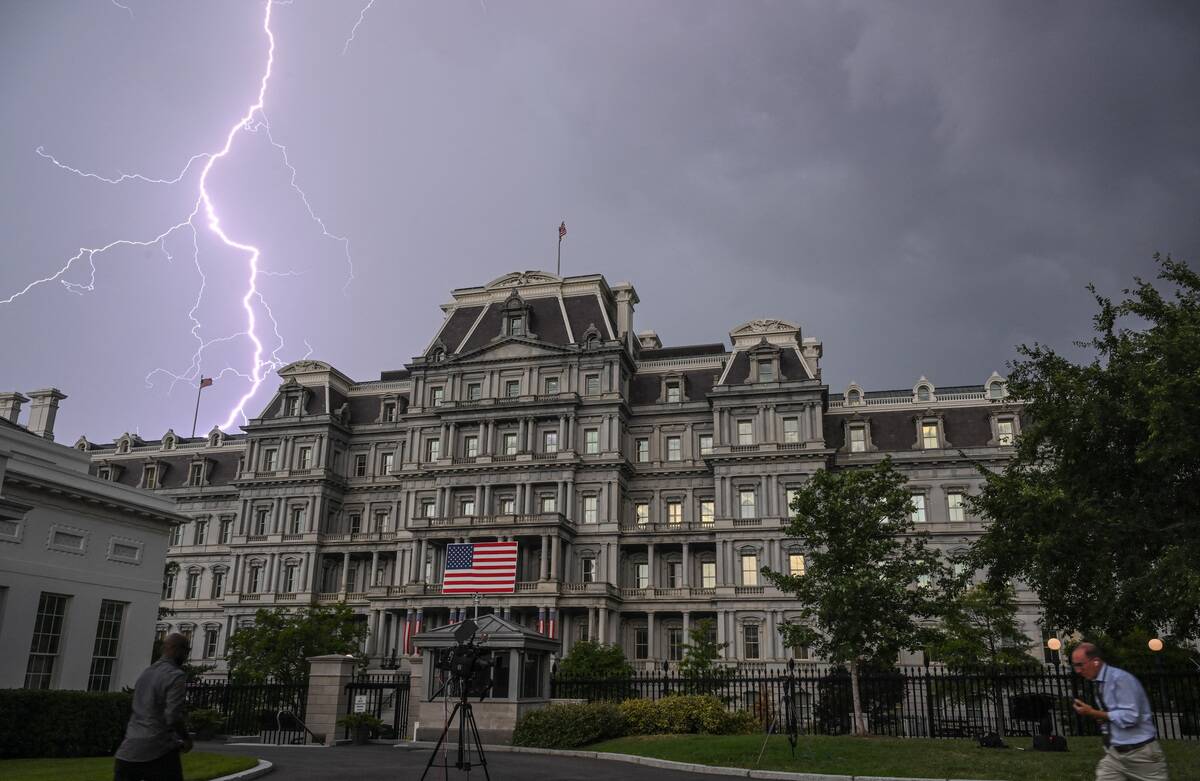
Although summer is peak season for thunderstorms in many regions, lightning can strike at any time of year. In the United States, the months of June through August see the highest frequency of lightning activity. However, in tropical regions, lightning is a year-round occurrence due to persistent warm and humid conditions.
The Art of Capturing Lightning: Tips for Photographing a Storm
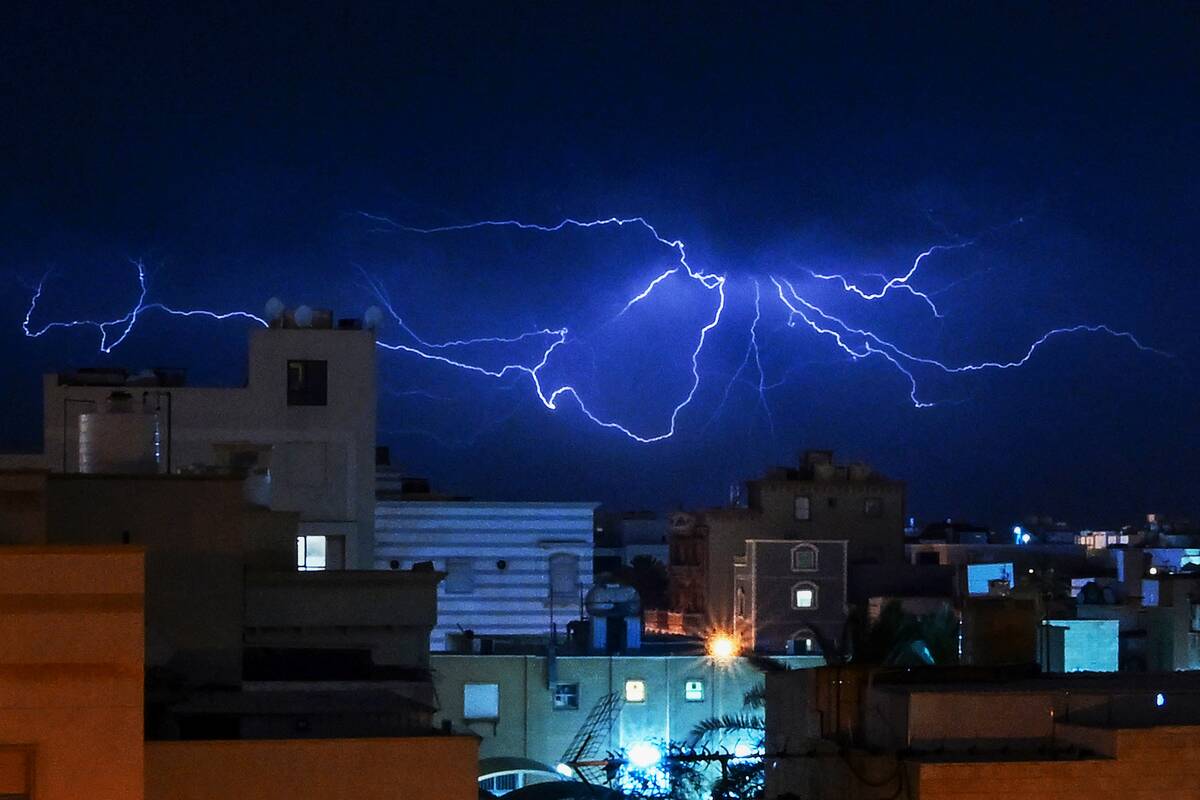
Capturing lightning on camera requires patience and a bit of skill. Use a tripod to stabilize your camera, and experiment with long exposures to increase the chances of catching a strike. A wide-angle lens can help capture more of the sky, and setting your camera to manual mode provides more control over exposure and focus, which are crucial for stunning lightning photography.
When Lightning Strikes Twice: Rare but Possible Instances
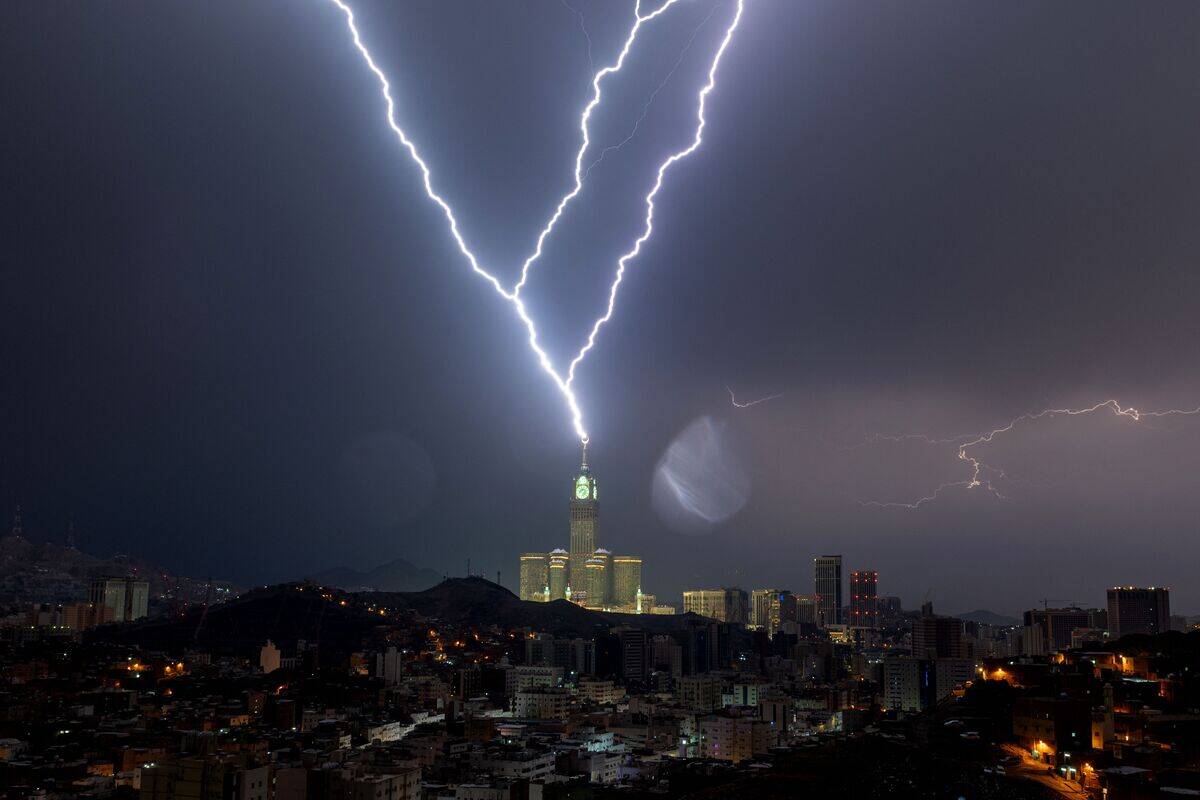
Though often said that lightning never strikes the same place twice, it’s a misconception. Not only can it strike the same spot multiple times, it often does so, especially in areas with high structures or during prolonged storms. The phenomenon is well-observed in iconic landmarks like the Eiffel Tower and the aforementioned Empire State Building.
The Science of Lightning Detectors: How We Track Thunderstorms
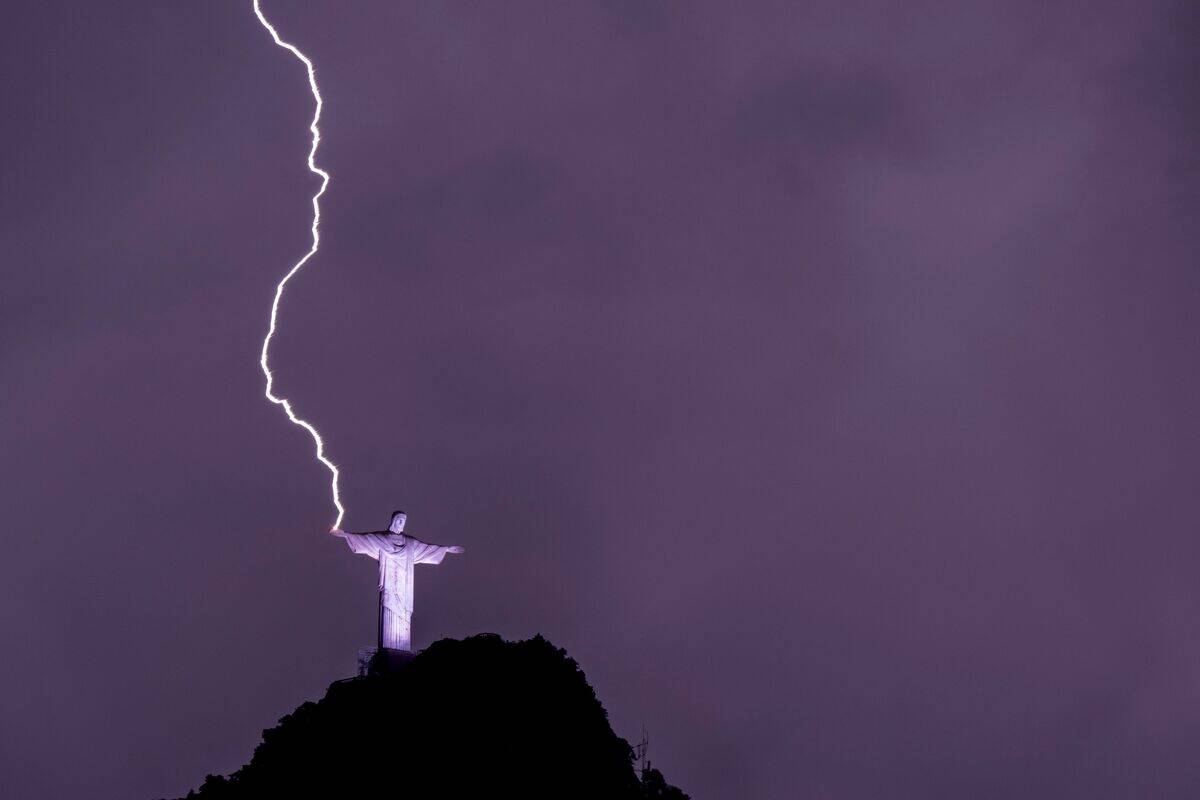
Modern technology allows us to track lightning with impressive accuracy using lightning detection networks. These systems use antennas to pick up electromagnetic signals emitted by lightning strikes, pinpointing their location. This technology aids meteorologists in forecasting and provides real-time data to help keep people informed and safe during severe weather events.
Famous Lightning Strikes: Historical Events and Anecdotes
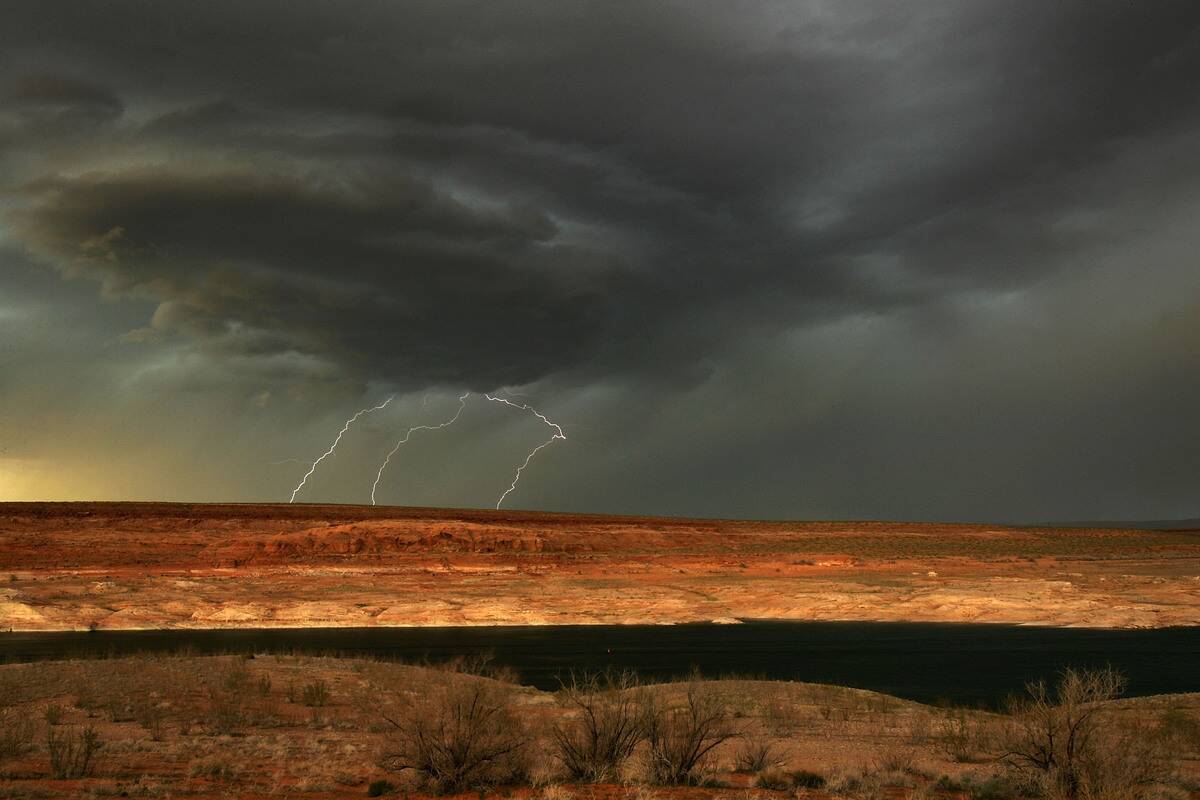
One of the most famous incidents occurred in 1769 when a lightning strike ignited gunpowder in the Church of San Nazaro in Italy, resulting in a tragic explosion. Another notable event was the lightning-induced fire at the York Minster in England in 1984. These historical events highlight the destructive power of lightning and its ability to alter the course of history.
The Aftermath: What Happens When Lightning Hits the Ground
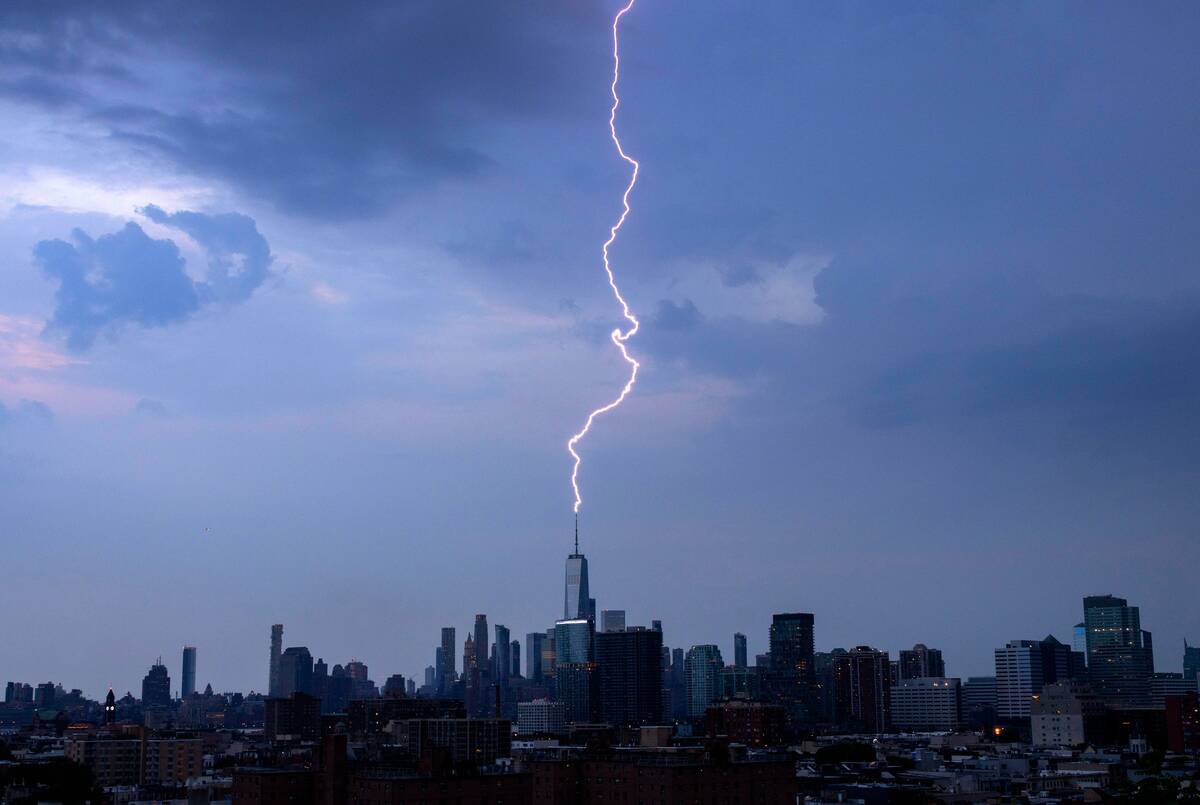
When lightning strikes the ground, it can cause a variety of effects. The intense heat can fuse sand and soil into glass-like formations known as fulgurites. Fires can ignite in dry areas, and electrical surges can damage infrastructure and electronics. The immediate aftermath might be visible, but the impact can resonate, affecting ecosystems and man-made structures alike.
Lightning and Climate Change: How Global Warming Affects Storms
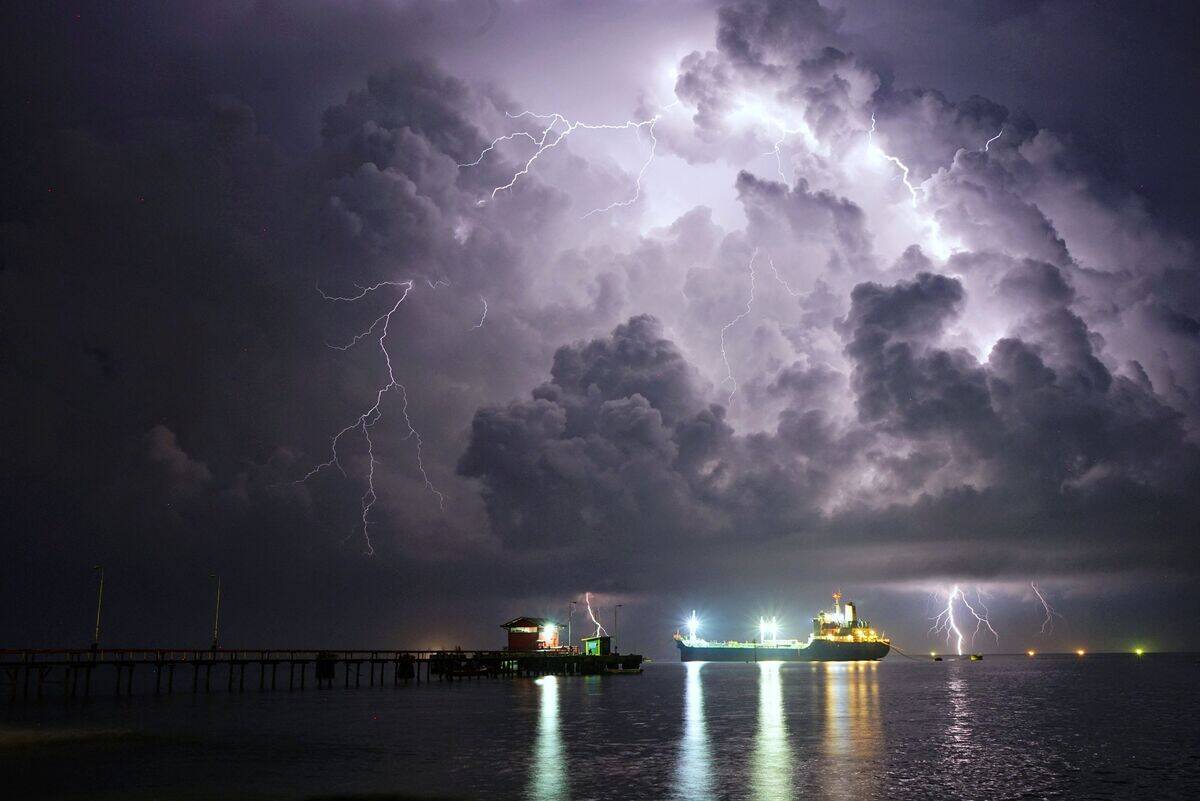
Climate change is expected to influence lightning patterns, with studies suggesting an increase in strike frequency due to rising global temperatures. Warmer air holds more moisture, leading to more thunderstorms and, consequently, more lightning. Understanding these changes is crucial for preparing and adapting to future climate-related impacts on weather systems.
Lightning’s Role in Nature: Its Impact on the Environment
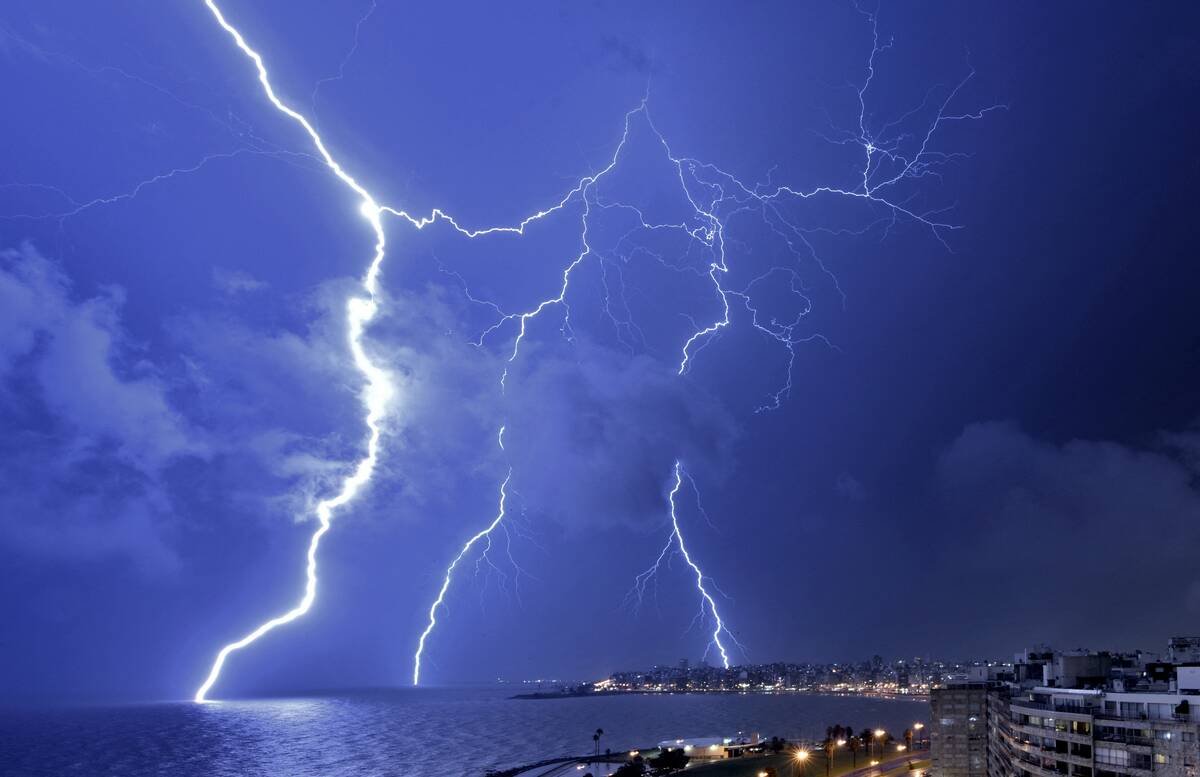
Lightning plays a vital role in the nitrogen cycle, contributing to the formation of nitrates that fertilize the soil. This natural process helps sustain plant life and contributes to the ecological balance. However, lightning-induced wildfires can have both destructive and regenerative effects, clearing old vegetation and making way for new growth in a natural cycle of renewal.
From Zeus to Thor: Lightning in Ancient Mythology
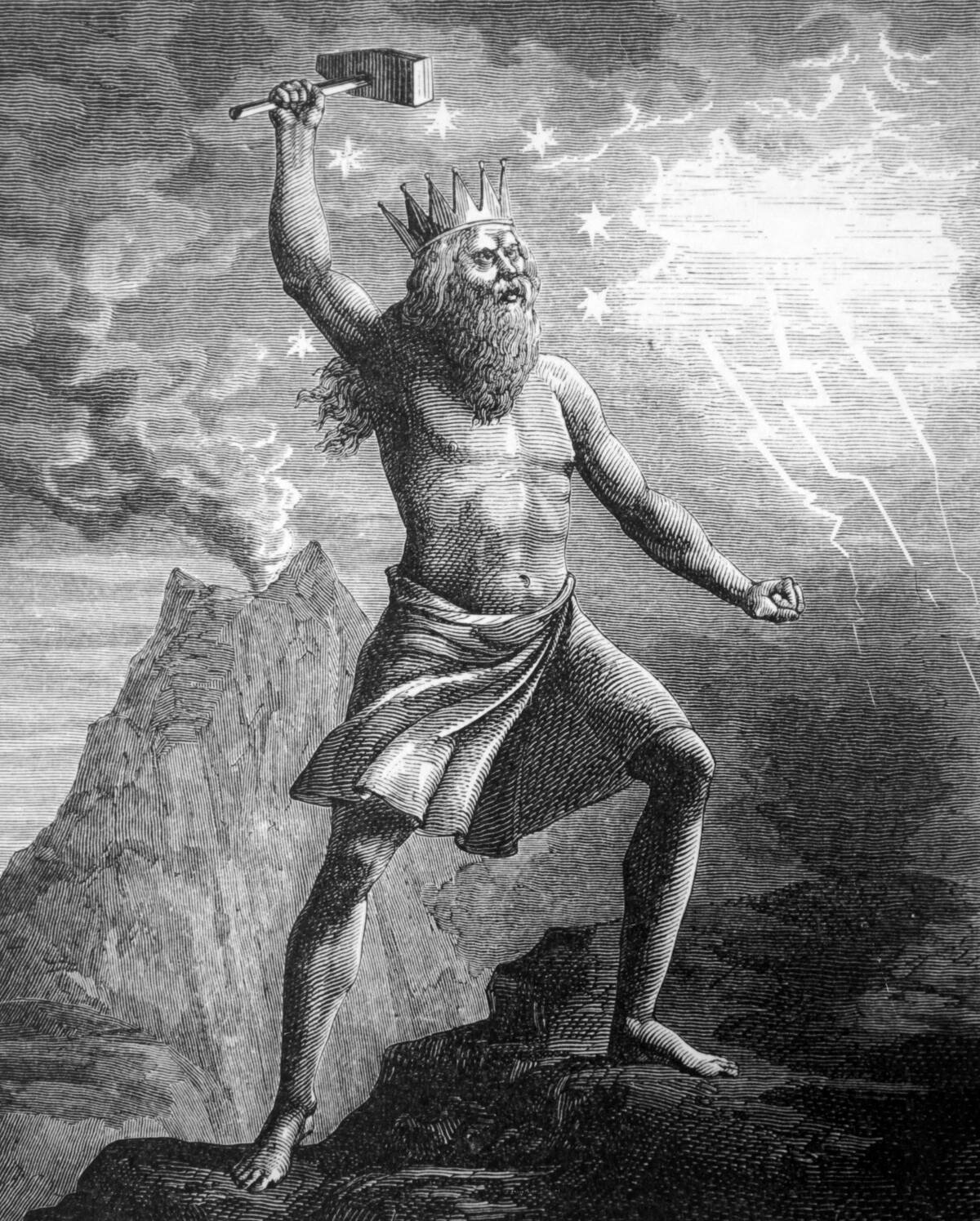
In ancient mythology, lightning has been personified as a weapon of the gods. Greek mythology depicts Zeus, the king of the gods, hurling lightning bolts, while in Norse lore, Thor, the god of thunder, wields Mjölnir, a mighty hammer that creates lightning. These stories reflect the awe and reverence that lightning has inspired throughout human history.
The Electrifying Future: Advances in Lightning Research
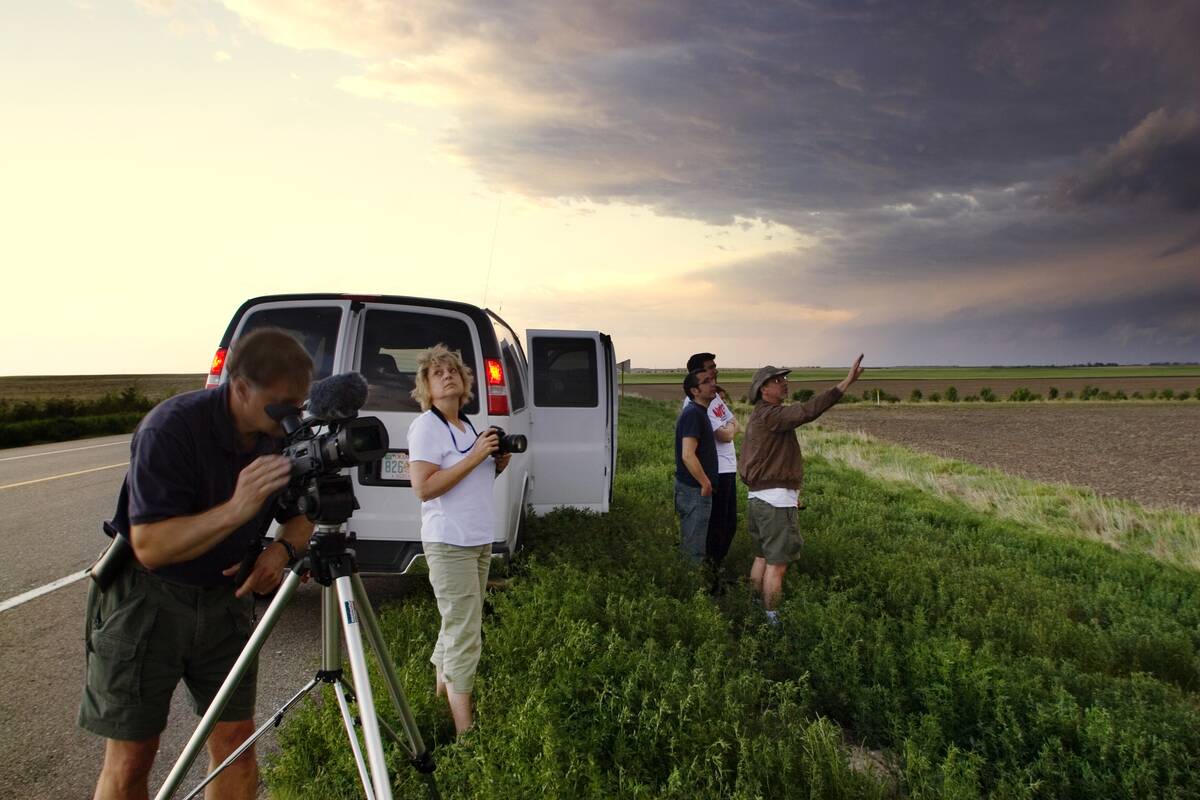
As technology advances, so does our ability to study and understand lightning. Researchers are developing sophisticated computer models to simulate lightning strikes and predict their behavior. This research could lead to improved safety measures, better forecasting, and even harnessing lightning’s energy for practical use, turning a natural hazard into a potential resource.
Bizarre Lightning Phenomena: From Ball Lightning to Sprites
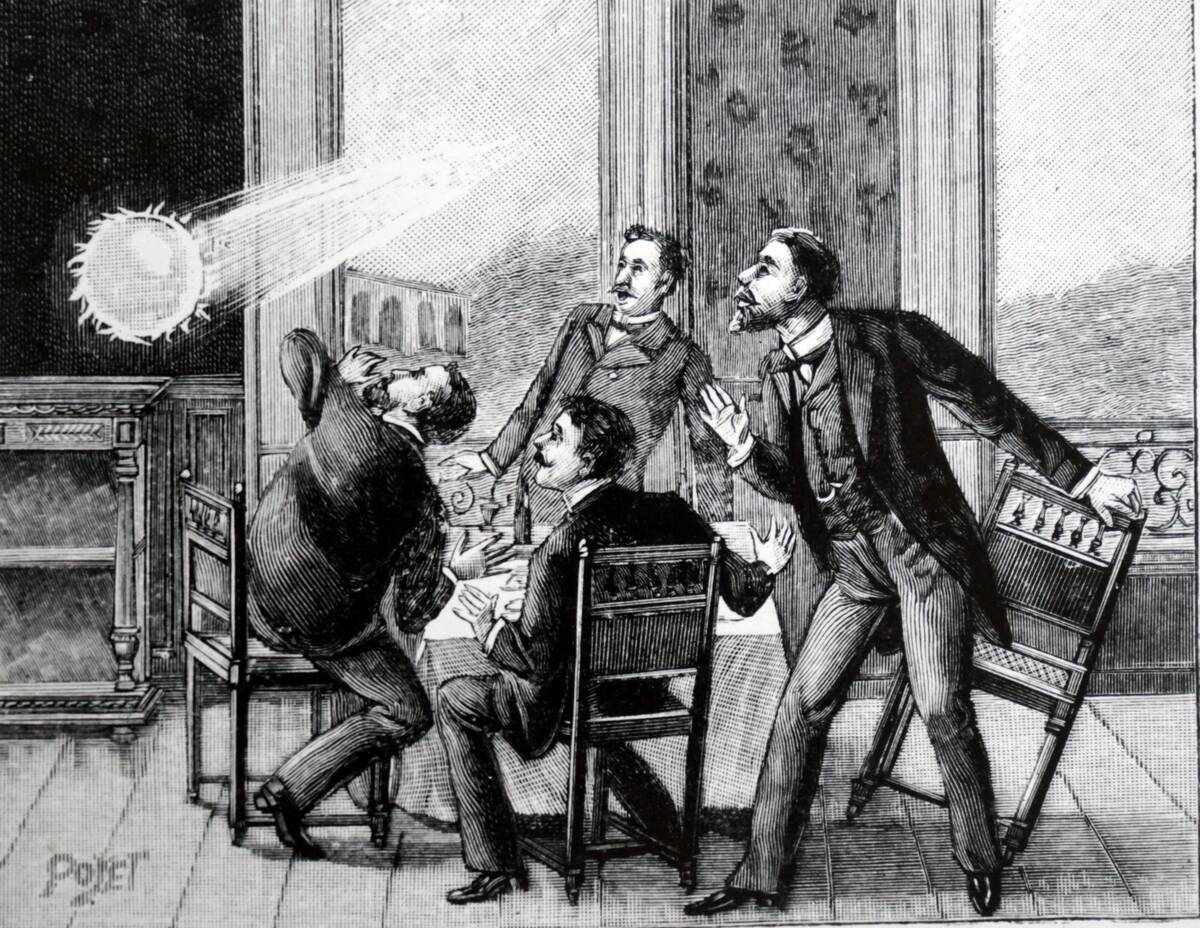
Beyond the typical lightning bolt, there are rare and mysterious forms. Ball lightning, for instance, appears as glowing spheres that hover and occasionally explode. Sprites are another phenomenon, visible as red flashes high above thunderstorms. While not fully understood, these phenomena add to the mystique of lightning and continue to intrigue scientists and enthusiasts alike.
Lightning in Pop Culture: Striking Moments in Movies and TV

Lightning has made its mark in pop culture, often symbolizing power and transformation. In movies like “Back to the Future,” lightning is used as a plot device to fuel time travel. TV shows such as “The Flash” feature characters gaining superpowers from lightning strikes, highlighting its dramatic and unpredictable nature as a storytelling element.
Fun Facts About Lightning: Trivia to Impress Your Friends
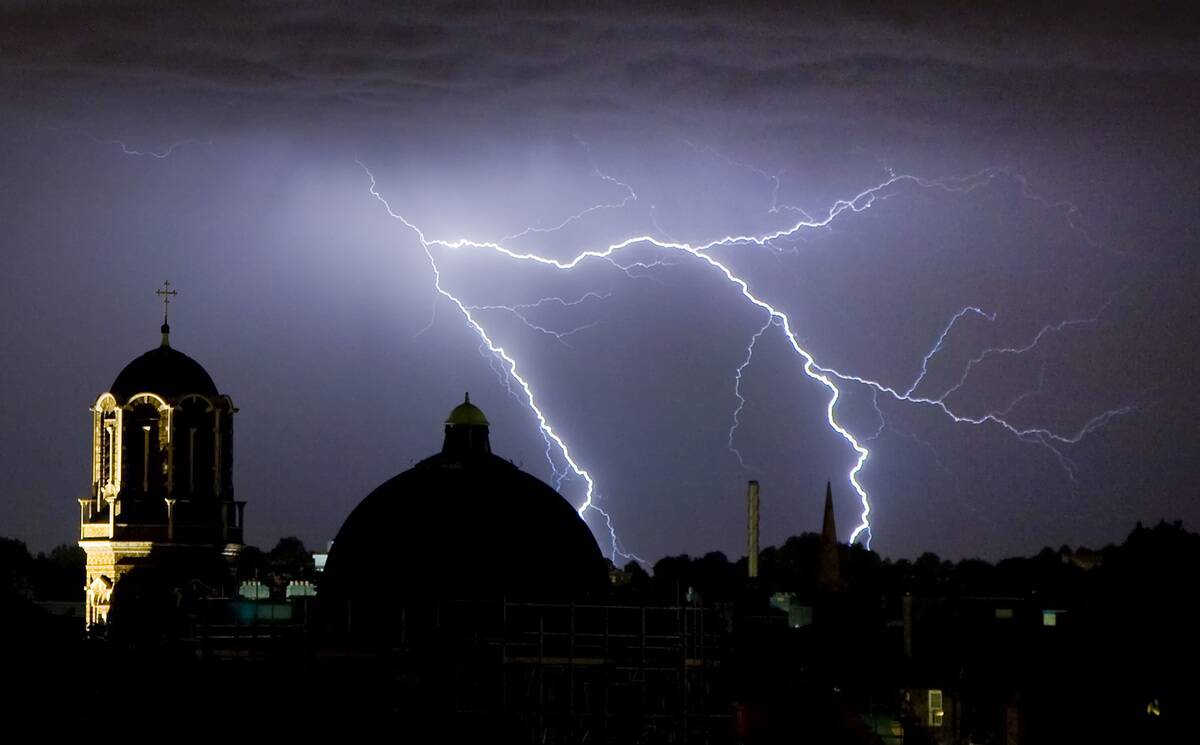
Did you know that lightning is five times hotter than the sun’s surface? Or that the average lightning bolt can stretch over five miles in length? These fun facts about lightning not only impress at parties but also remind us of the sheer power and wonder of this natural force. And here’s a bonus: lightning can occur in volcanic eruptions and snowstorms, not just thunderstorms!




